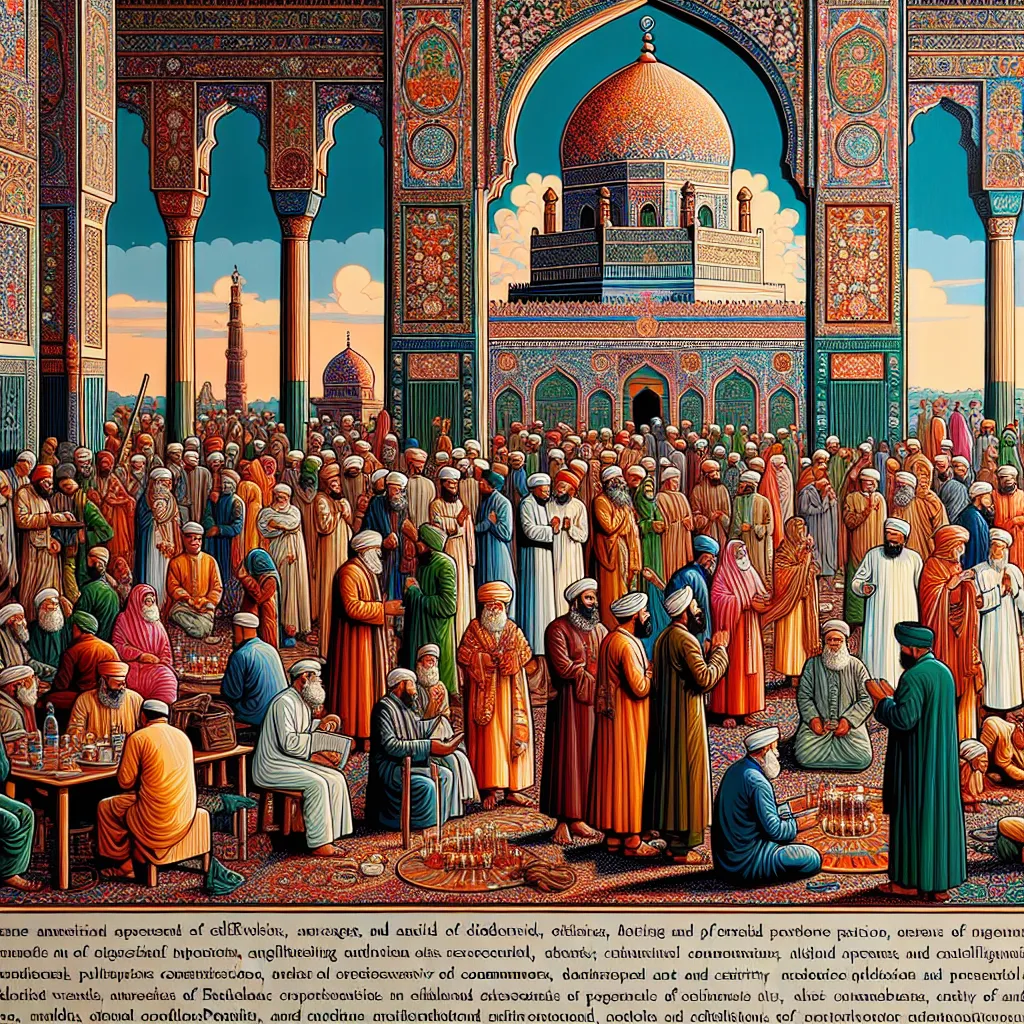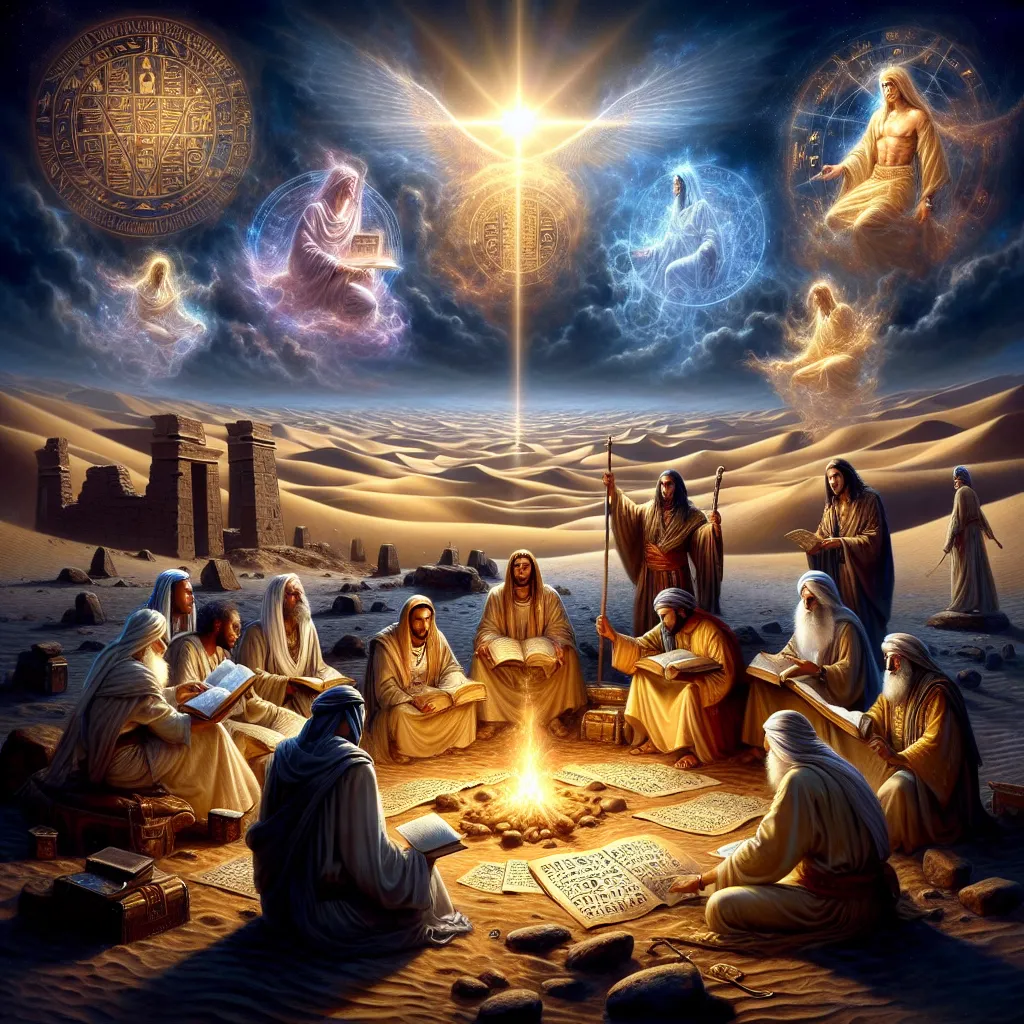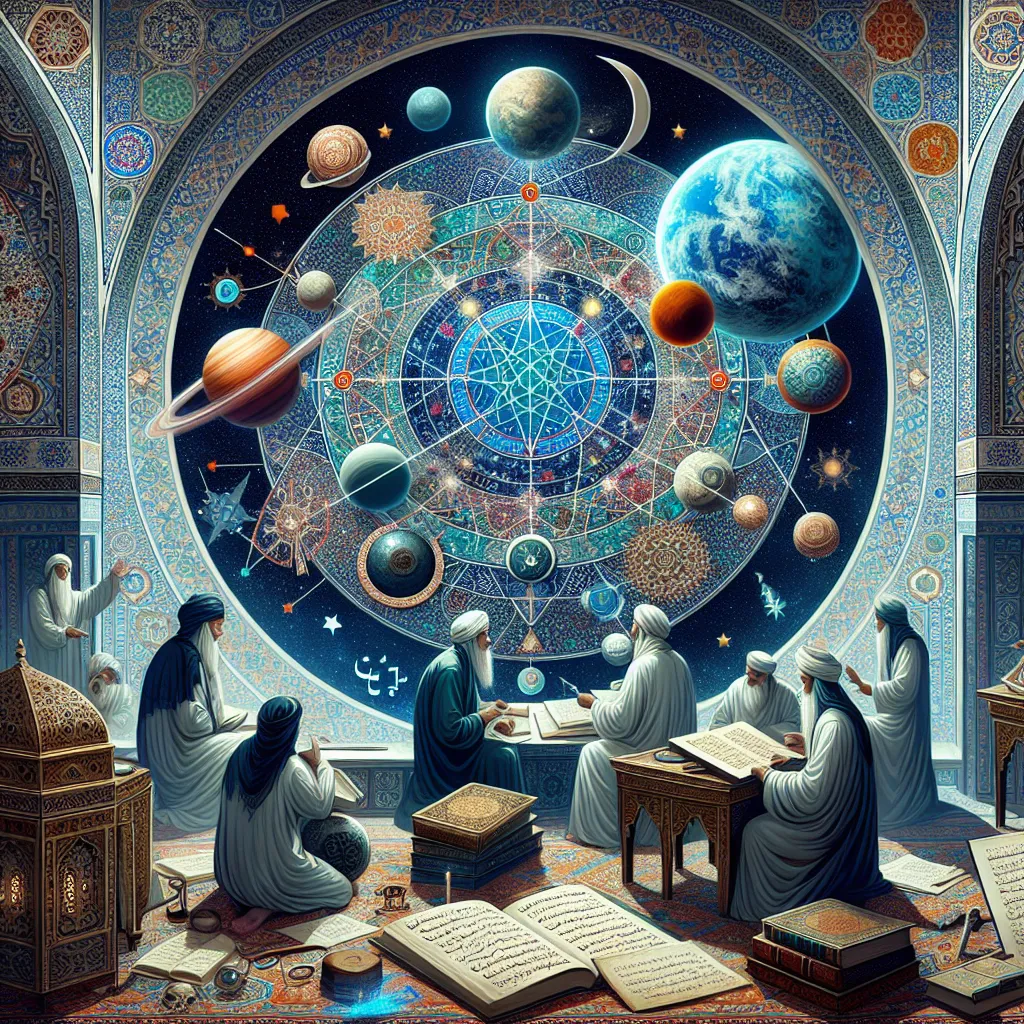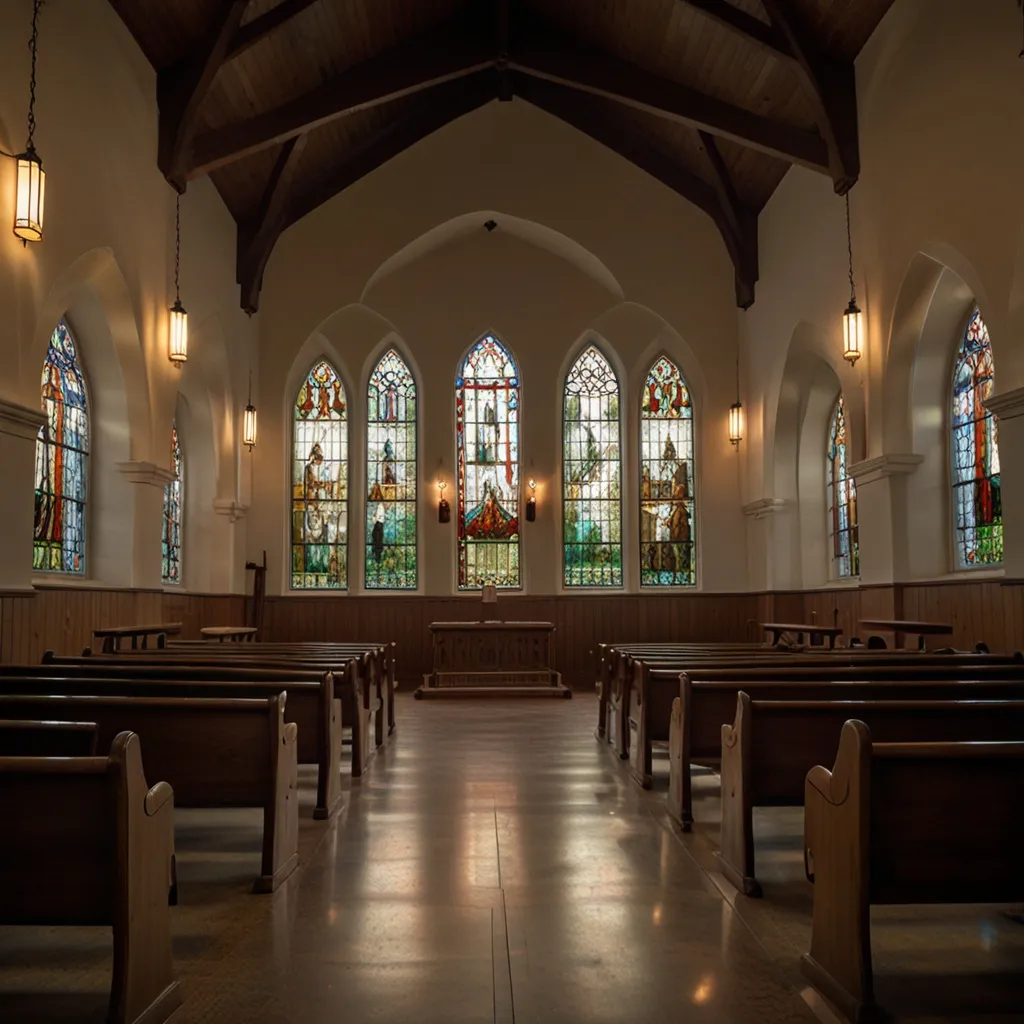Let’s dive into the fascinating world of the Daodi Boras and their place in the tapestry of Ismaili Shiism. As you may recall from a previous articles, I covered the Nizari Ismailis, the largest group within Ismailism today. But today, we focus on the Daodi Boras in India, a prominent part of the Taibi branch of Ismailism.
The Ismailis are the second-largest branch of Shia Islam, with a rich history that includes the powerful Fatimid Empire. Established by Abdullah al-Mahdi Billah, who claimed to be the rightful Imam, the Fatimids controlled vast territories from Cairo, rivaling the Abbasids in Baghdad. Known for their advancements in art, architecture, and science, the Fatimids ruled for nearly three centuries before their fall in 1171 to Salahuddin Ayubi.
Ismaili Shiites see the Imam as the supreme religious authority, a line of succession from Prophet Muhammad that has often sparked disputes and schisms. The Taibi branch was born from one such division when Al-Mustansir’s death in 1094 led to a split between those who followed his son Nizar and others who backed Al-Mustaili. Eventually, the supporters of Al-Mustaili also split into different groups, leading to the creation of branches like the Daodi Boras, Suleimanis, and Alawi Boras.
The Taibi Ismailis believe that Imam Atayeb went into hiding, and the community has since been led by a chief missionary known as Da’i al-Mutlaq. Initially centered in Yemen, the Taibi Ismailis later found a significant base in India, where their missionary activities flourished. The community in the Gujarat region, known as Boras—a term likely derived from a word meaning “trader”—eventually surpassed Yemen in numerical strength.
Persecuted at times, the Boras endured through a mix of oppression and tolerance, adapting certain Indian cultural traits along the way. Their language, Lisan al-Dawat, blends Gujarati, Arabic, Urdu, and Persian. Known for their colorful dress, women often wear beautiful ridas. The community is also celebrated for its rich culinary traditions.
Today, the Daodi Boras, led by their 53rd Da’i al-Mutlaq Mufaddal Saifuddin, are philanthropic and well-integrated into society. Their religious practices, deeply rooted in Fatimid tradition, include praying five times a day, unlike the Nizaris who pray three times. They conduct their prayers in mosques and engage in activities like the pilgrimage to Mecca, zakat (charitable giving), and observing Muharram to commemorate Imam Hussein’s martyrdom.
Theologically, the Taibi Ismailis are known for their esoteric teachings influenced by Neoplatonism, emphasizing hidden aspects of religion alongside the literal. Their metaphysical beliefs revolve around a complex cosmological scheme involving cycles of history and ranks of intellects, hinting at philosophies often associated with Gnosticism.
Though their writings are not widely accessible, making detailed study challenging, the Boras remain intellectually vibrant. The Suleimanis, mostly in Yemen, and lesser-known compared to their Indian counterparts, share in this rich doctrinal and philosophical heritage.
In essence, the Daodi Boras and other Taibi branches offer a unique perspective within the broader Ismaili and Shia landscapes. Their story is one of resilience, intellectual rigor, and cultural adaptation, tracing back to the grandeur of the Fatimid epoch. This dive into their history and doctrines highlights the incredible diversity and depth within Islam.
I hope this exploration into Taibi Ismailism has been both enlightening and engaging. For further insights, especially on the Fatimids, don’t forget to check out Hekma History’s comprehensive series. As always, your thoughts and comments are most welcome. See you next time!






